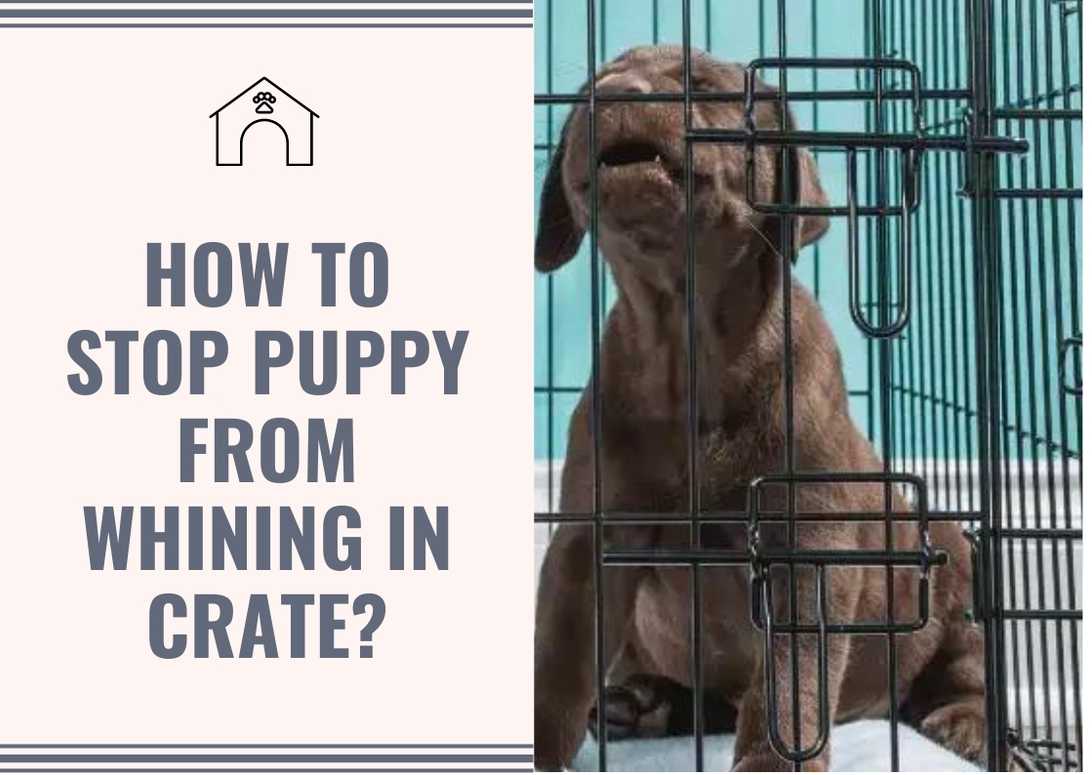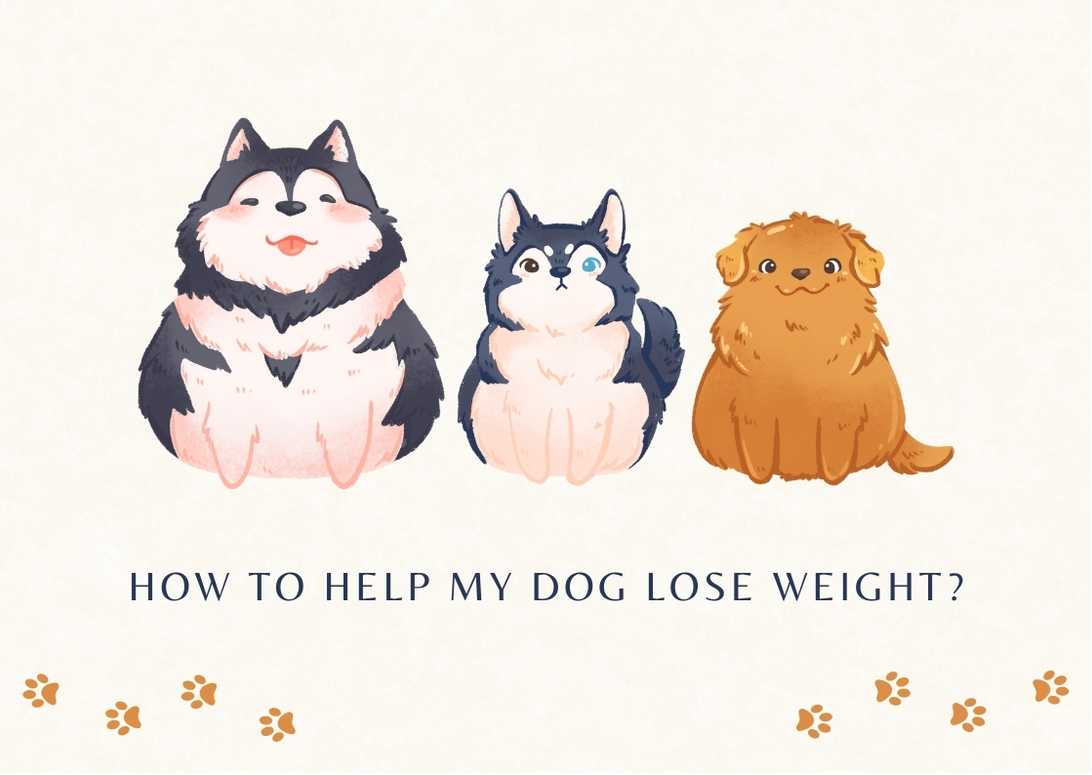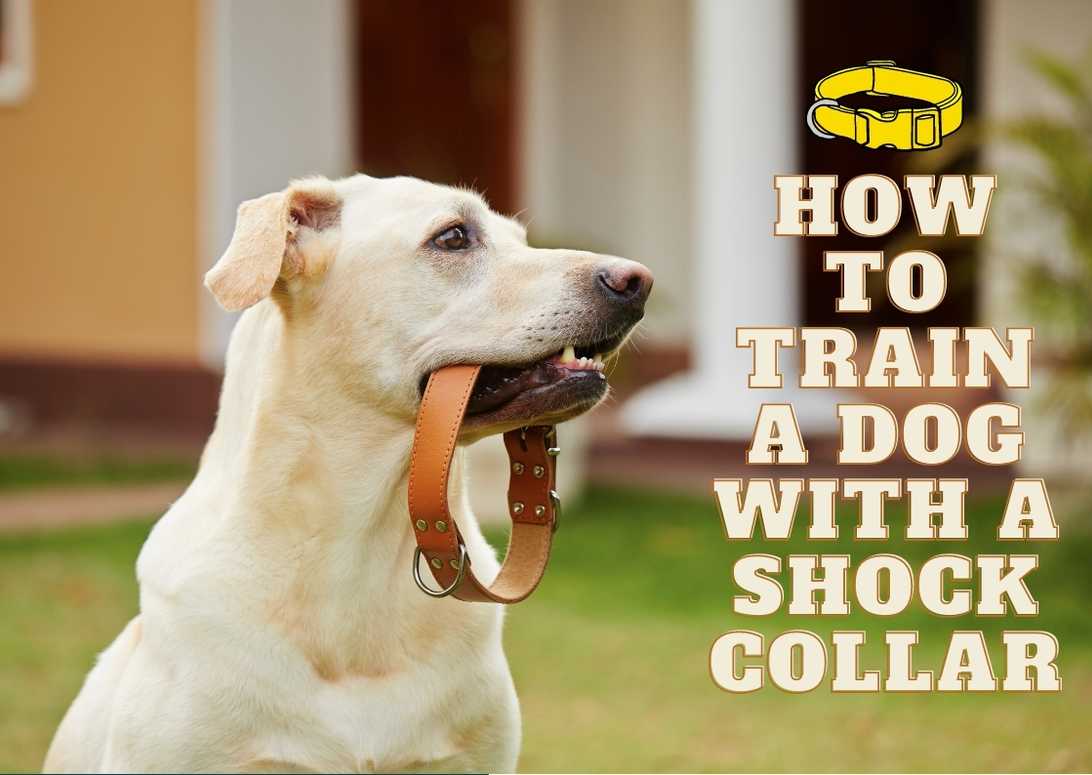How To Stop Puppy From Whining In Crate?
Are you tired of dealing with a whining puppy every time you put them in their crate? I know I was! But don’t worry, there are effective strategies that can help stop this behavior and make crate time a peaceful experience for both you and your furry friend.
In this article, I will guide you through the process of stopping your puppy from whining in their crate, from choosing the right-size crate to establishing a routine and providing plenty of exercise.
By following these steps, you’ll be able to create a comfortable space for your puppy and reduce their anxiety, ultimately putting an end to the whining once and for all.
So say goodbye to the frustration and hello to a harmonious crate training experience!
Important Points
- Choose the right-size crate and create a comfortable space with accessories to promote positive crate behavior.
- Establish a routine, provide plenty of exercise, and incorporate mental and physical stimulation to prevent boredom and anxiety.
- Use positive reinforcement, such as treats, praise, and special toys, to reward calm and quiet crate behavior.
- Gradually increase time spent in the crate and address separation anxiety by slowly introducing alone time within sight.
How to Crate Train
To crate train your puppy, you’ll want to make sure they’re comfortable in their new crate and provide plenty of potty breaks for them. Establishing boundaries is an important part of crate training. You should set clear rules and expectations for your puppy when it comes to being in the crate. This includes not letting them out of the crate when they whine or bark, as this only reinforces that behavior.
Additionally, it’s important to avoid common crate training mistakes such as using the crate as a form of punishment or leaving your puppy in the crate for too long.
Creating a schedule for your puppy’s crate training can also be helpful. This means having specific times during the day when your puppy goes into the crate, such as during meal times or when you need to leave the house. By following a consistent schedule, your puppy will learn that being in the crate is a normal part of their routine.
Rewarding your puppy for good behavior while in the crate is another effective strategy. You can give them treats or praise whenever they willingly go into their crate or remain calm while inside. This positive reinforcement helps them associate being in the crate with something enjoyable.
Now let’s move on to creating a comfortable space for your puppy within their new crate without causing any anxiety or discomfort.
Creating a Comfortable Space
Create a cozy and inviting area for your furry friend to relax in. When crate training your puppy, it’s important to create a comfortable space that they’ll enjoy spending time in.
Here are three key aspects to consider when creating a cozy environment for your puppy:
Crate accessories: Adding accessories such as soft blankets or bedding can make the crate more inviting and comfortable for your puppy. These items provide a sense of security and warmth, helping them feel at ease inside the crate.
Choosing the right crate size: It’s crucial to select a crate that’s appropriate for your puppy’s size. A crate that’s too small can be uncomfortable and restrict their movement, while one that’s too big may not create a cozy atmosphere. Choose a crate that allows your puppy to stand up, turn around, and lie down comfortably.
Introducing crate training gradually: To make the crate an enjoyable space for your puppy, introduce them to it slowly and positively. Start by leaving the door open and placing treats or toys inside to encourage exploration. Gradually increase the amount of time they spend in the crate, always praising and rewarding them for good behavior.
By considering these factors, you can create a welcoming environment that’ll make your puppy feel safe and secure in their crate. Establishing this comfort will help reduce whining behavior as they learn to associate their crate with relaxation and rest.
Now let’s transition into discussing how establishing a routine plays an essential role in successful crate training without using the word ‘step’.
Establishing a Routine
Consistency is key in cultivating a comforting routine for your canine companion. When it comes to crate training, establishing consistency is crucial in helping your puppy feel secure and comfortable in their crate. By following consistent crate training methods and using positive reinforcement techniques, you can help your puppy adjust to their new space gradually.
Consistently using the same cues and commands during crate training sessions will help your puppy understand what’s expected of them and create a sense of familiarity. It’s important to be patient as you work on building this routine, as each puppy may respond differently and have varying levels of crate training progress. There may be some challenges along the way, but by consistently providing positive experiences and rewards during crate time, you can help reduce your puppy’s whining behavior.
In addition to establishing consistency, it’s also essential to consider potty breaks and exercise as part of your puppy’s routine. Regularly taking your puppy out for potty breaks will prevent accidents inside the crate and reinforce good bathroom habits. Be sure to schedule frequent potty breaks throughout the day, especially after meals or naps, to give your puppy ample opportunities to relieve themselves outside.
Along with potty breaks, providing plenty of exercise is vital for a well-adjusted pup. A tired dog is less likely to become restless or anxious in their crate, so incorporate daily exercise sessions into their routine. This could include walks, playtime at the park, or engaging games indoors that get them moving.
By integrating both regular potty breaks and exercise into your puppy’s routine alongside consistent crate training methods, you’ll create an environment that promotes comfort and reduces whining behavior without overwhelming them with too many steps at once.
Potty Breaks and Exercise
Regularly taking your furry friend outside for bathroom breaks and ensuring they get plenty of physical activity will help establish a healthy routine and minimize any restlessness or anxiety in their designated space. When it comes to potty breaks, it’s important to be consistent and take them out at regular intervals throughout the day. This will not only prevent accidents inside the crate but also help teach your puppy where they should go to relieve themselves.
Additionally, incorporating exercise into their daily routine is crucial for their overall well-being. A tired puppy is more likely to relax and sleep in their crate without whining or causing a fuss. Take your pup for walks, engage them in playtime, or provide mental stimulation through puzzle toys to keep them physically and mentally stimulated.
To ensure your puppy gets enough outdoor playtime, set aside specific times each day dedicated to running around and exploring the outdoors. This will not only tire them out but also give them an opportunity to burn off excess energy that can contribute to whining behavior. Along with physical exercise, mental stimulation is equally important for a well-rounded routine. Engage your pup in training sessions, interactive games, or puzzle toys that challenge their mind and keep them occupied while inside the crate.
It’s essential to reinforce positive behaviors during potty breaks and exercise routines. Celebrate when your puppy successfully goes potty outside by offering praise or treats as rewards. Similarly, reward good behavior during exercise time by using treats or verbal praise when they listen to commands or engage in appropriate play behavior. By consistently providing potty breaks, incorporating regular exercise sessions with outdoor playtime and mental stimulation activities, as well as reinforcing positive behaviors through rewards, you can help reduce whining in the crate over time. Transitioning into ignoring whining behavior will further strengthen your efforts towards creating a calm and peaceful environment for your furry companion without giving undue attention to unwanted vocalizations.
Additionally, providing mental stimulation and physical exercise for your dog can also help alleviate any anxiety or boredom that may contribute to crate whining. By incorporating interactive toys, puzzle games, and regular exercise sessions into your dog’s routine, you can help redirect their focus and energy towards positive outlets, ultimately reducing their desire to whine in the crate.
Ignoring Whining Behavior
To effectively address the issue, I focus on redirecting my attention away from my dog’s whining behavior and instead divert it towards positive reinforcement and engaging activities. Ignoring the whining is crucial because giving in to their demands will only reinforce the behavior.
By not acknowledging their whining, I teach them that this is not an effective way to get attention or what they want. Instead, I make sure to provide plenty of positive reinforcement when they’re calm and quiet in their crate. This can be done through treats, praise, or even a special toy that they only receive when they’re in their crate.
In addition to positive reinforcement, I also incorporate other crate training tips to help my puppy adjust better. For instance, I gradually increase the amount of time they spend in the crate so they become more comfortable with being alone for longer periods. I also make sure to address any separation anxiety issues by slowly introducing them to being alone in the crate while still being within sight. This helps build their confidence and reduces anxiety over time.
By ignoring whining behavior and focusing on positive reinforcement and proper crate training techniques, you can successfully stop your puppy from whining in their crate. However, it’s important to avoid common crate training mistakes such as using the crate as a form of punishment or leaving your puppy unattended for too long.
Now let’s move on to another important aspect of crate training: proper crate placement…
Proper Crate Placement
One important factor to consider when setting up your dog’s crate is where you place it in your home. The positioning of the crate can greatly impact your puppy’s comfort and overall experience with crate training.
Firstly, make sure to choose a location that’s quiet and free from distractions. This will help your puppy feel calm and secure while in the crate.
Additionally, the size of the crate should be appropriate for your puppy’s current size, allowing them enough space to stand up, turn around, and lie down comfortably. Placing soft bedding or blankets inside the crate can also make it more inviting and cozy for your furry friend.
Furthermore, consider incorporating some helpful accessories into the crate setup. For example, placing a chew toy or treat-dispensing toy inside can keep your puppy entertained and distracted from any whining behavior. You can also cover part of the crate with a blanket or towel to create a den-like atmosphere, which may provide an added sense of security for your pup.
By taking these steps into consideration when setting up your dog’s crate, you can create a comfortable and welcoming environment that encourages positive associations with being inside the crate. With proper positioning, appropriate size, helpful accessories, and consistent training techniques, you’ll be on your way to reducing anxiety and helping your puppy overcome their whining behavior in no time.
Reducing Anxiety
By creating a calm and secure environment for your furry companion, you can help alleviate their anxiety and promote a positive crate training experience. One way to do this is by using calming techniques such as playing soft music or providing a cozy blanket in the crate. These soothing elements can help create a sense of comfort and relaxation for your puppy.
Another alternative to traditional crate training is using crate alternatives. Some puppies may feel more at ease in an open playpen or gated area instead of being confined to a crate. This can give them more freedom while still providing boundaries and safety.
Additionally, separation anxiety solutions can be implemented to address any anxiety your puppy may have when left alone in the crate. Gradually increasing the time spent in the crate and practicing short absences can help desensitize them to being alone.
In addition to these options, using pheromone sprays specifically designed for dogs can also aid in reducing anxiety. These sprays mimic natural canine pheromones that promote feelings of security and calmness. Applying the spray inside the crate before placing your puppy inside can help create a soothing environment for them.
If despite trying various techniques, your puppy continues to struggle with whining and anxiety in their crate, it may be beneficial to seek professional help from a dog trainer or behaviorist. They can provide personalized guidance and recommendations based on your puppy’s specific needs, helping you find effective strategies to stop the whining and ensure both you and your furry friend have a positive experience with crate training.
Frequently Asked Questions
Can I use a crate to train my puppy if they whine excessively?
Yes, you can use a crate to train your puppy even if they whine excessively. However, it’s important to incorporate crate training tips, alternatives to crate training, managing separation anxiety, creating a comfortable crate environment, and positive reinforcement techniques.
How can I stop my puppy from whining in their crate at night?
To stop my puppy from whining in their crate at night, I can try crate training alternatives like using a playpen. I will establish a calming nighttime routine, provide comforting methods like a warm blanket or soft toy, and address any separation anxiety they may be experiencing.
Is it normal for a puppy to whine in their crate during the day?
Yes, it is normal for a puppy to whine in their crate during the day. They may be experiencing separation anxiety or simply need some positive reinforcement and crate games. It’s important to consider crate alternatives if necessary.
What are some common reasons why puppies whine in their crates?
There are several common reasons why puppies may whine in their crates. Separation anxiety, crate size and comfort, fear and insecurity, and a negative crate training experience can all contribute to whining. Using positive reinforcement can help reduce whining behavior.
Should I be concerned if my puppy doesn’t whine in their crate?
If my puppy doesn’t whine in their crate, I shouldn’t be concerned. It could mean they have adjusted well to crate training alternatives and are comfortable in the environment. Understanding puppy behavior is key, as is creating a comfortable crate space. However, if excessive whining occurs due to separation anxiety, seeking professional help is recommended.
Conclusion
Well, congratulations! You’ve officially mastered the art of stopping your puppy from whining in their crate. It’s like you’ve become the canine whisperer, taming those whines with your magical powers. Your puppy now enters their crate with a smile on their face and a skip in their step, ready for a peaceful slumber.
And you? Well, you can finally enjoy some well-deserved peace and quiet.
But let’s not forget the journey it took to get here. The countless hours of research on crate training techniques, the meticulous selection of the perfect-sized crate, and let’s not even mention the trial and error process of finding just the right routine. It was all worth it in the end though because now you can confidently say that your pup is comfortable and content in their little den.
And who could forget about those potty breaks and exercise sessions? You’ve become quite the expert at knowing exactly when your furry friend needs to go outside or burn off some energy. It’s like you have a sixth sense for doggy bathroom habits and exercise requirements. Bravo!
Oh, and let’s not overlook your incredible ability to ignore whining behavior. You’ve become immune to those high-pitched cries that once pierced through your eardrums like arrows. Now they’re just background noise while you peacefully sip on your coffee or catch up on your favorite TV show.
And speaking of peacefulness, kudos to you for mastering proper crate placement. Your pup’s den is strategically positioned in a serene corner of your home where they can relax without any distractions. It’s like a zen oasis for them – complete with fluffy blankets and soothing music playing softly in the background.
Last but certainly not least, let’s applaud you for reducing anxiety in both yourself and your furry companion. No longer do you feel stressed every time you hear that dreaded whine coming from the crate. Instead, you feel an overwhelming sense of calm knowing that you have the tools and strategies to handle any situation.
So, my friend, take a moment to pat yourself on the back. You’ve done it! You’ve conquered the whining puppy in their crate. Your furry friend is now content, and you can enjoy a peaceful coexistence.
Now go forth and share your newfound wisdom with other struggling pet parents. Together, we can create a world free from whining puppies in crates.






